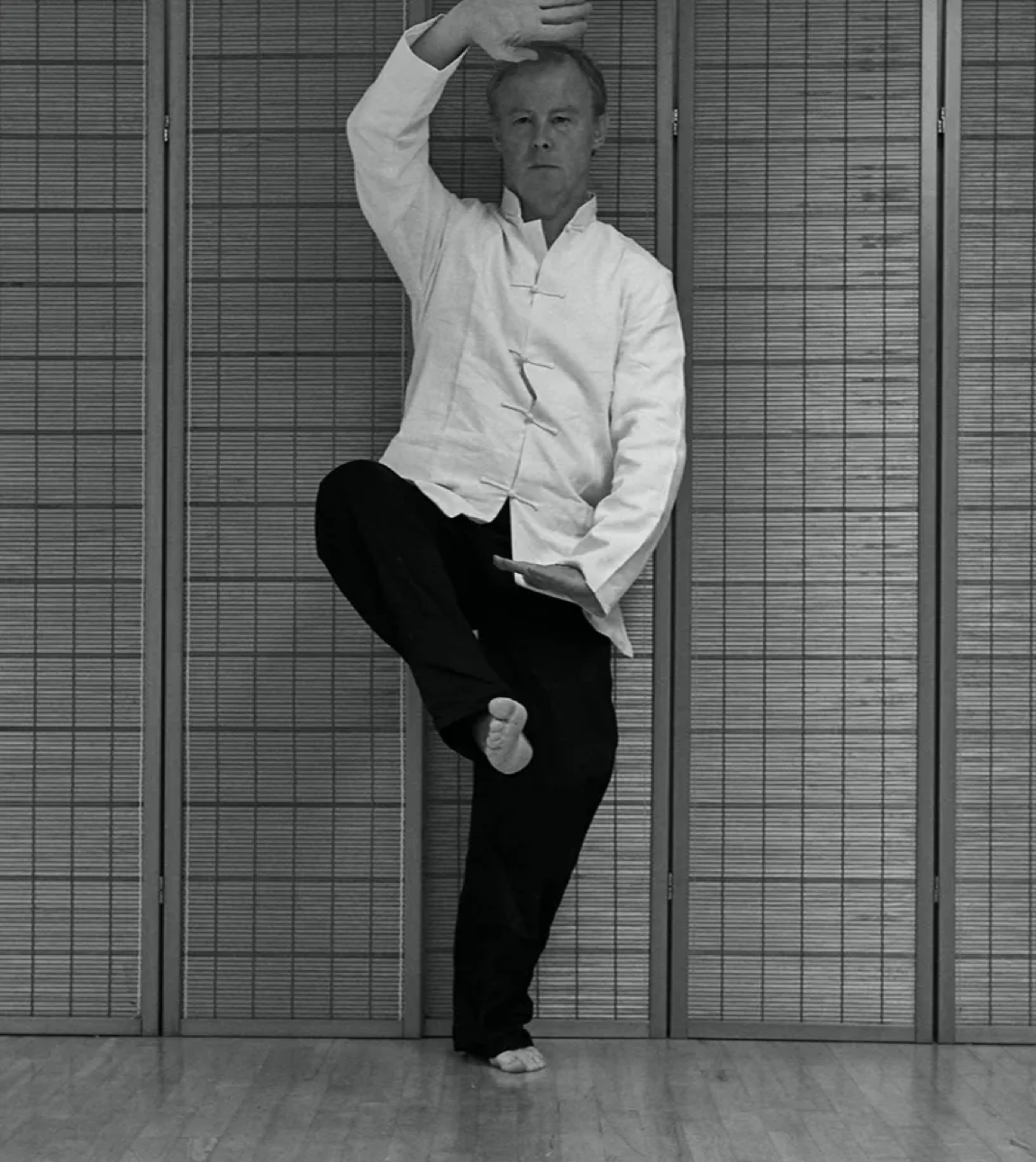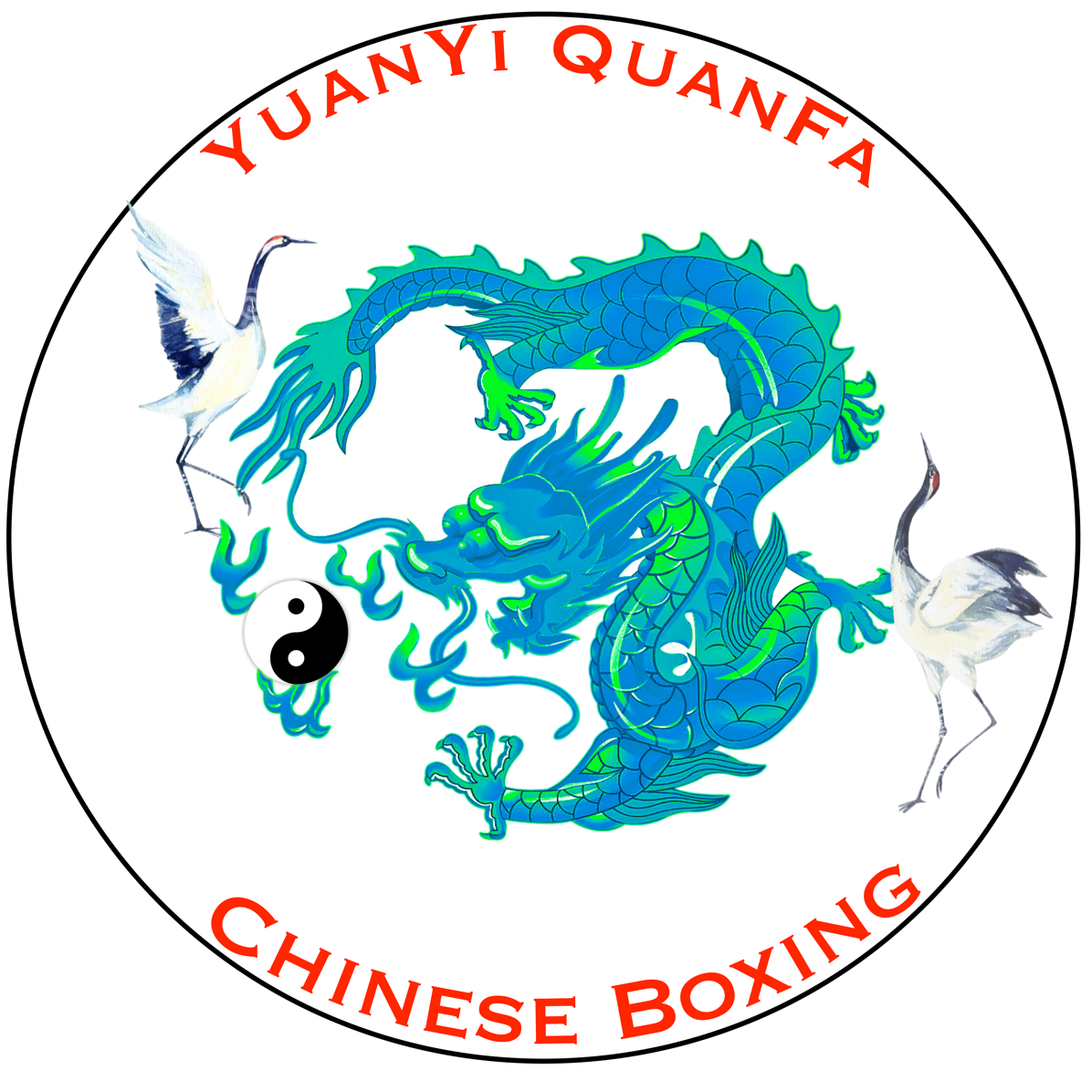YuanYi QuanFa 原意拳法
Bringing Reality To TaiJi and XingYi


28/01/2024

Having looked at how the Tai Chi Long Form probably evolved from several shorter forms, we need to ask ourselves what are forms for? Both historically and today.
To understand why forms evolved we need to understand the historical context in which they evolved and how that history alters our perceptions. Firstly looking back at part one of this piece I pointed out that forms were less formal and not strictly standardised as they are today. I should add that this less formalised approach was common to many martial arts; Chinese and others. It’s very easy to forget that the world that we live in has not always been this way. Martial Arts were first and foremost a practical art, aimed at achieving useful results in as short a time as possible.
Also as we are primarily looking at this question through the lens of Chinese Martial Arts we should, albeit very briefly, look at how China’s history can confuse our perceptions. The historical period that is particularly important is from the 1600’s to the early republican era I mentioned in part one and on to the current Communist era, as you will see history can repeat itself.
From the 1600’s through to the early 1700’s (Qing Dynasty) the development of Martial Arts in China, as with other parts of the world had been prolific, often referred to a golden age. In 1727 the Manchu Emperor of China declared that ethnic Chinese Martial Arts (CMA) were to be suppressed, this largely impacted public performance. In part this was because the emperor feared that martial arts could become the focus for revolution. The effect of this decree was that not only was the practice of CMA pushed underground but also, all publications on the subject were banned. So although martial training continued in private, the general ban did not end until the beginning of the Republican era in 1911. This means that for about two hundred years ethnic CMA were hidden and inevitably that means that it was limited to a relatively few people. Given this fact, it is hardly surprising that when the ban was lifted there was a massive level of interest in the population as a whole, but inevitably given that firearms were now readily available the focus of CMA shifted from a purely military focus to something more accessible to the wider (paying) public.
The Republican era did of course not last very long and with the arrival of the Communist Regime in 1949 the study of Martial Arts were once again suppressed, for exactly the same reason, potential revolutionary activity. It was only in the late 1970’s following the opening of China to the west after US President Nixon’s 1972 visit to China, that not only was the restriction on SOME CMAs lifted but the Chinese Government actually started to use CMA as a propaganda tool to reach out directly to the people of the west. This was in no small part due to the success of the Hong Kong film industry and the impact of Bruce Lee in particular. Ironic, given that Hong Kong was at that time a British protectorate and not even part of the People’s Republic of China.
The Chinese government did not however give complete freedom to Martial Artists, they took the same approach with CMAs as they took with religious groups such as Daoists and even Chinese Medicine. Having failed to suppress all of these different areas of life the government chose instead to control them. For example in Chinese Medicine, the government re designed the study and practice and rebranded it as Traditional Chinese Medicine (TCM). So if you see someone claiming to practice TCM, the ancient tradition dates all the way back to about 1975! The followers of Daoism and Buddhism were subject to a similar process, the government chose the areas of study and the texts to be used and encouraged the Monastic approach, because having everyone grouped together makes oversight and control so much easier. The vast majority of senior “monks” are in fact state salaried civil servants. The vast majority of CMAs training in mainland China now takes the form of WuShu a gymnastic practice of various forms and very flowery versions of TaiJi that function as display arts. There are of course small schools /traditions of genuine Chinese Boxing but they are very much in the minority.
These historical complexities in martial traditions are not limited to purely Chinese Martial Arts. I’m currently re-reading Patrick McCarthy’s excellent “Bubishi” (The Bible of Karate). It’s an interesting read, although I don’t agree with all of its conclusions, the well researched history of how CMA’s made their way into Okinawa and eventually into Japan, illustrates well how time, distance, environment (political and cultural) and random chance all play a part in the transmission and evolution of Martial Arts. In the case of Okinawa’s martial traditions, multiple schools evolved similar but different traditions from relatively similar source materials. Although referred to as ‘The Bible of Karate” the Bubishi is a valuable reference for Chinese Martial Artists as it forms a ’snap shot’ of training and knowledge that was prevalent in southern China during the afore mentioned Manchu suppression.
Given the length of the historical section I’ll conclude this examination of forms in a third post shortly.
#Bubishi #quanfa #karate #martialarts #kungfu #taiji #taichi #xingyi

This website makes use of cookies. Please see our privacy policy for details.